Address
Unit 8, Meerzicht Business Park, 33 Kelly Road, Jet Park Boksburg, 1459
Work Hours
Monday to Friday: 8AM - 5PM
Ever worry about having your water cut off due to unexpected disruptions? A municipal backup water storage system provides peace of mind by ensuring you have a reliable source of clean water during emergencies like water shedding, infrastructure failures, or power outages. It’s your safety net for everyday living!
Imagine the worry and frustration of not being able to maintain hygiene, prepare meals, or simply use your bathroom during a water outage. These disruptions happen unexpectedly and more often than you think! By having a backup system, you gain peace of mind and are prepared for:
South Africa faces scheduled water cut-offs. A backup system ensures your water needs are met, regardless of these shortcomings.
Pipes break, treatment plants have issues – unforeseen events can disrupt your water supply. A backup keeps you going.
Many water systems rely on electricity. A backup system with independent power guarantees water even during loadshedding.
Choosing the right size tank is crucial for your backup system. Follow the 5 steps to ensure your system is perfect for your need:
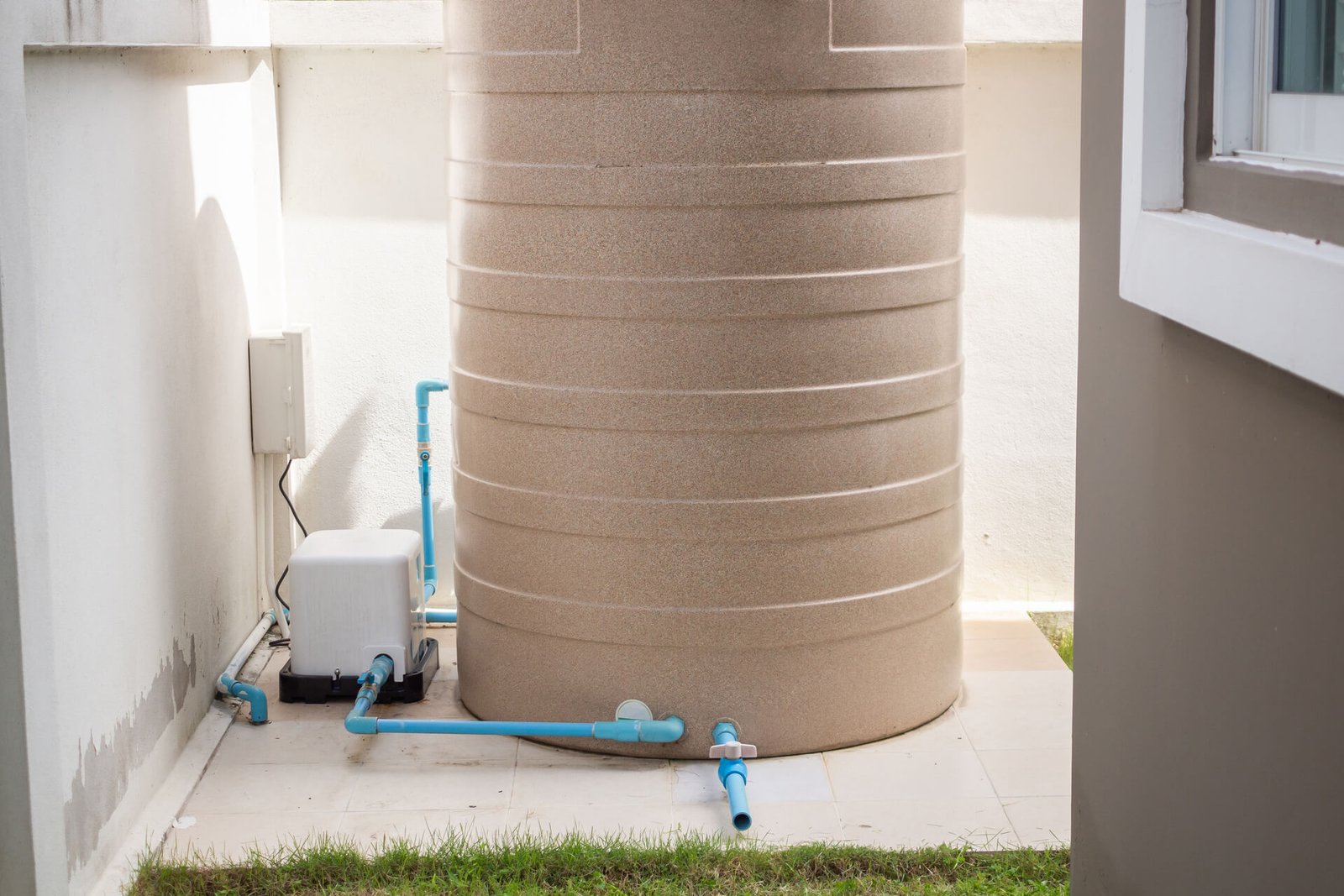
The sturdy foundation of your water storage, choose from various sizes and materials to suit your needs (e.g., above-ground or underground).
Ensures your tank stands strong and secure. We’ll guide you on the right base type based on your soil and location.
Delivers water from your tank to your home. We offer traditional or VSD pumps for optimal pressure and efficiency.
Simplifies connection between your tank and pump, ensuring a seamless and secure installation.
Important: Always use approved connection methods. Contact us for specific advice.
Connect your system’s components. We recommend using galvanized pipes for durability.
5a. House Connection:Delivers water from the pump to your home (¾-inch minimum diameter).
5b. Municipal Feed: Supplies your tank with treated municipal water (connected to the float valve).
Change pipe direction as needed for your specific installation layout.
Automatically fills your tank and shuts off when full. Connect it to your municipal line for a convenient and reliable refill system.
Strategically placed throughout the system to isolate components for easy maintenance and control. We recommend valves between your municipal feed, tank, pump, and house connection.
Prevent backflow into the municipal supply, ensuring system integrity.
Choosing the right size tank is crucial for your backup system. Consider these important factors:
To get the precise tank size for your installation, follow this formula:
Number of people in household x Desired backup days x 150 liters/person/day = Recommended tank size
For a 4-person household wanting a 3-day backup of emergency water: 4 people x 3 days x 150 liters/person/day = 1800 litre tank at the minimum.
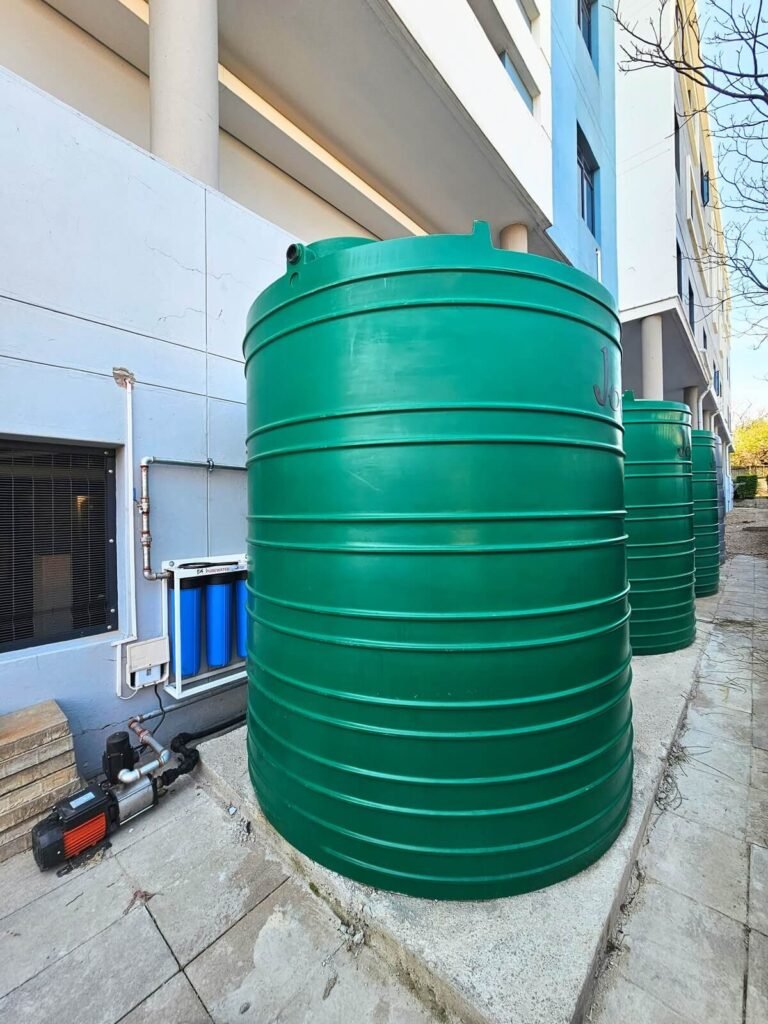
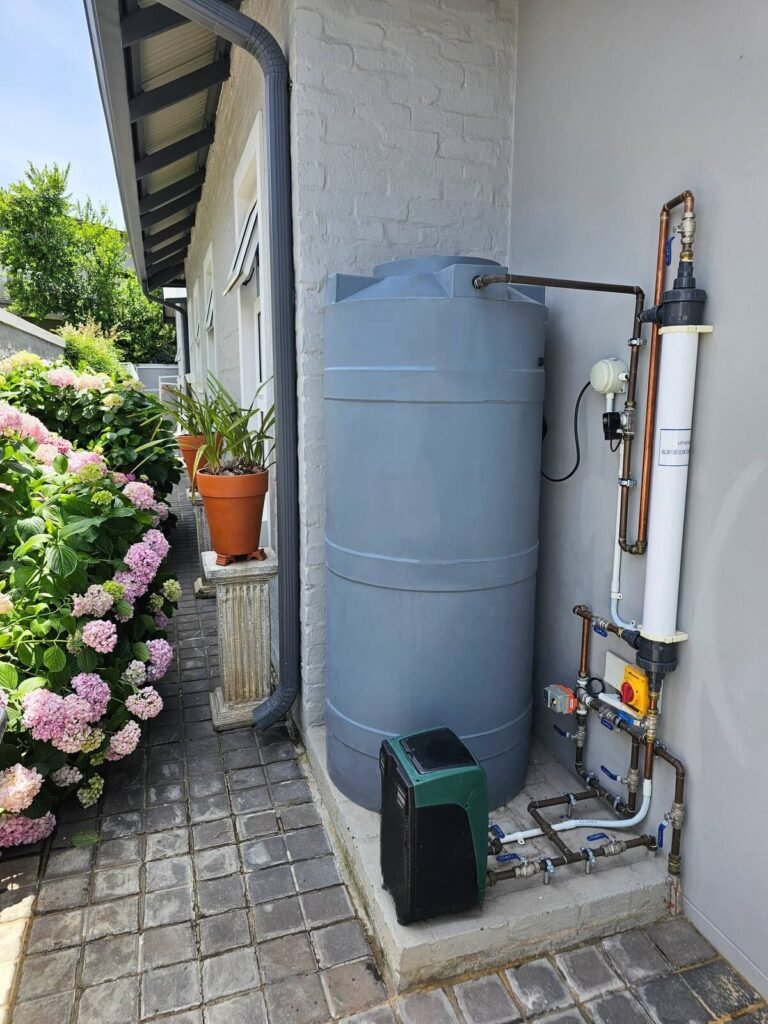
Traditional Round Tanks: The Storage Workhorse
Slimline Tanks: Space-Saving Solution
Finding the Right Fit:
Placing your tank strategically ensures safety, compliance and functionality. We’ll guide you through:
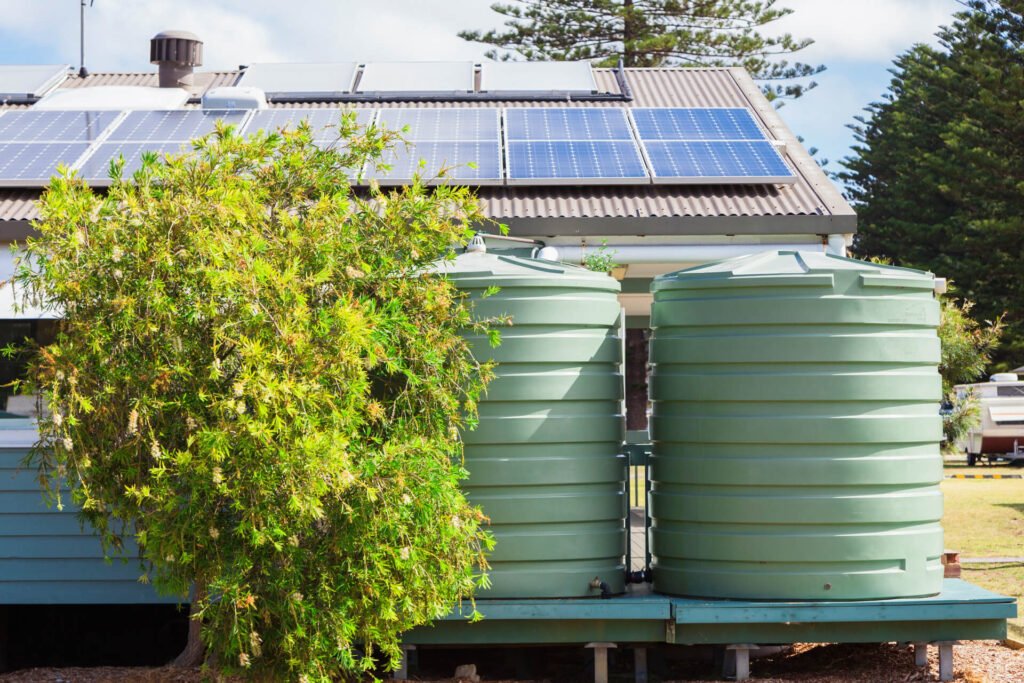
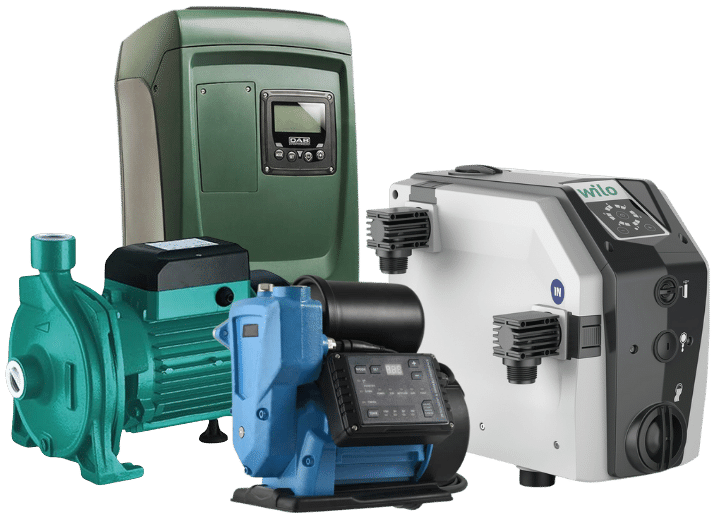
Finding the right pump is crucial for optimal water flow and pressure. Here’s a quick breakdown of your options:
Centrifugal Pumps:
VSD Pumps:
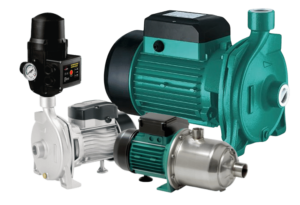
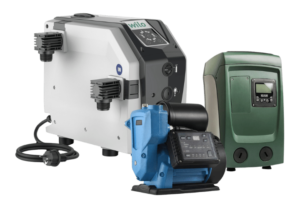
While municipal water is generally safe, adding filtration to your backup system offers several benefits:
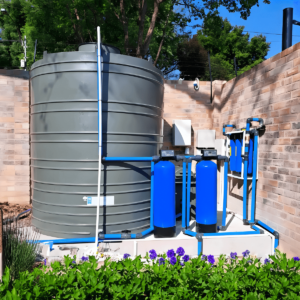
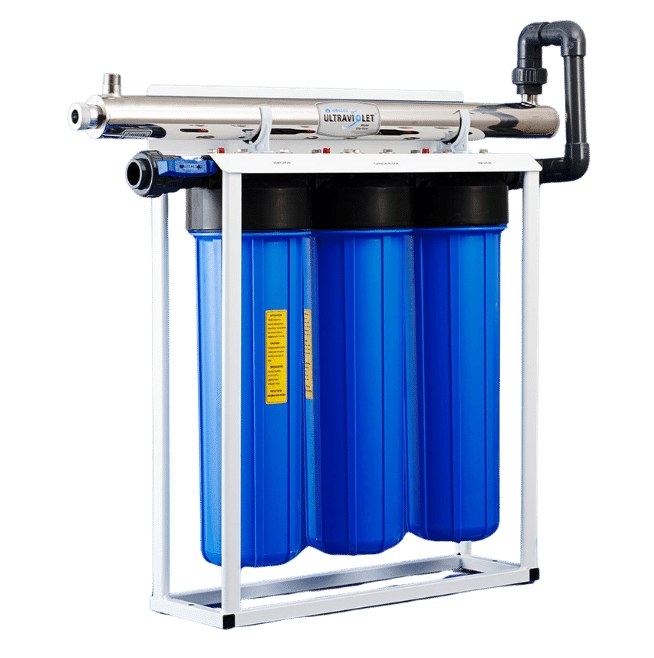
3-Stage Big Blue Whole House Filter with UV
Why It Works: Filters sediment & chemicals, UV kills bacteria for cleaner, safer water.
When It’s Ideal: Taste, odor, and basic health safety for stored municipal water.
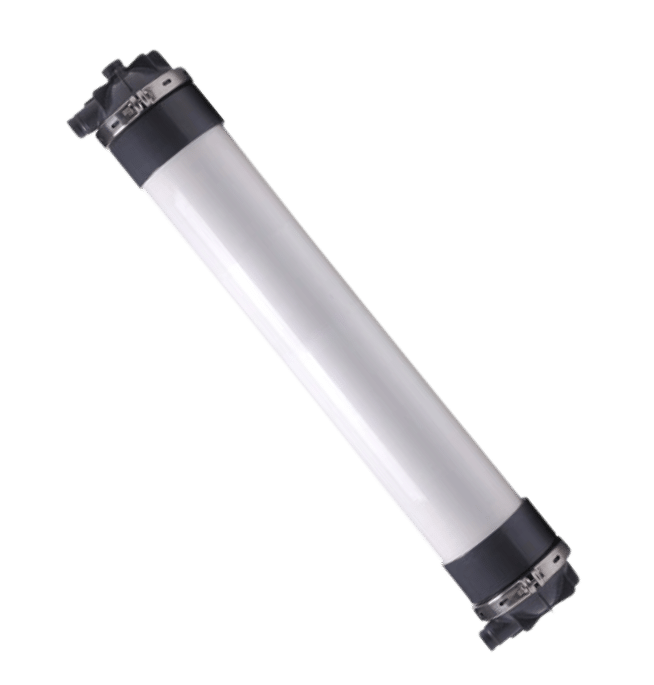
Ultrafiltration (UF) Water Filter
Why It Works: Advanced filter removes bacteria, viruses, and cysts for maximum protection.
When It’s Ideal: Homes prioritizing health safety or facing potentially contaminated sources.
It depends. Here are three considerations you should keep in mind when deciding weather or not to use filtration:
Estimated Cost Ranges for Tanks, Pumps, & Basic Filtration:
The cost of your system depends on various factors like size, pump type, and filtration needs. Here’s a general idea:
Factors Affecting Installation Costs:

We understand that installing a backup system can be an investment. We offer flexible financing options to make it more accessible.
Backup systems have three main components – water storage tanks, advanced filtration, and automated delivery pumps. During supply disruptions, the pumps automatically switch to deliver filtered water from the storage tanks directly to your taps and appliances. Seamless and automatic – the only difference you notice is uninterrupted flow!
Our systems are designed to be fully automated and require minimal maintenance. The filters have an annual cartridge change, and we recommend a yearly system checkup to optimise things. We handle everything and provide supply reminders and support.
Water is pre-filtered as it fills the storage tank during regular operation. The integrated filtration system then re-purifies it immediately before being supplied to the taps. This ensures the continuity of clean, fresh water even when offline.
We customise your storage capacity based on household size and expected demand. Typically, 1,000 – 5,000 litres is recommended to maintain a 1-3 week supply. Rainwater harvesting can supplement capacity as needed.
Installation is simple and seamless. The storage tank, filters, and pumps are easily integrated with your existing plumbing and require only minor modifications. Our technicians handle the complete professional installation and provide ongoing service and support.
Our systems start at around R15,000 for a basic unit for smaller households. Costs scale up from there based on the system size required for larger homes with increased capacity and flow rates.
Factors that determine overall system costs include:
When you have a free consultation, we’ll assess your household’s unique needs and provide a tailored quote with transparent pricing. We also offer flexible payment plans to help spread out costs over time.
While the upfront investment may seem high, the system pays for itself through utility savings and avoiding expensive water deliveries whenever the main supply fails. The peace of mind of guaranteed water security is priceless.
